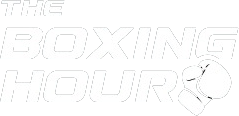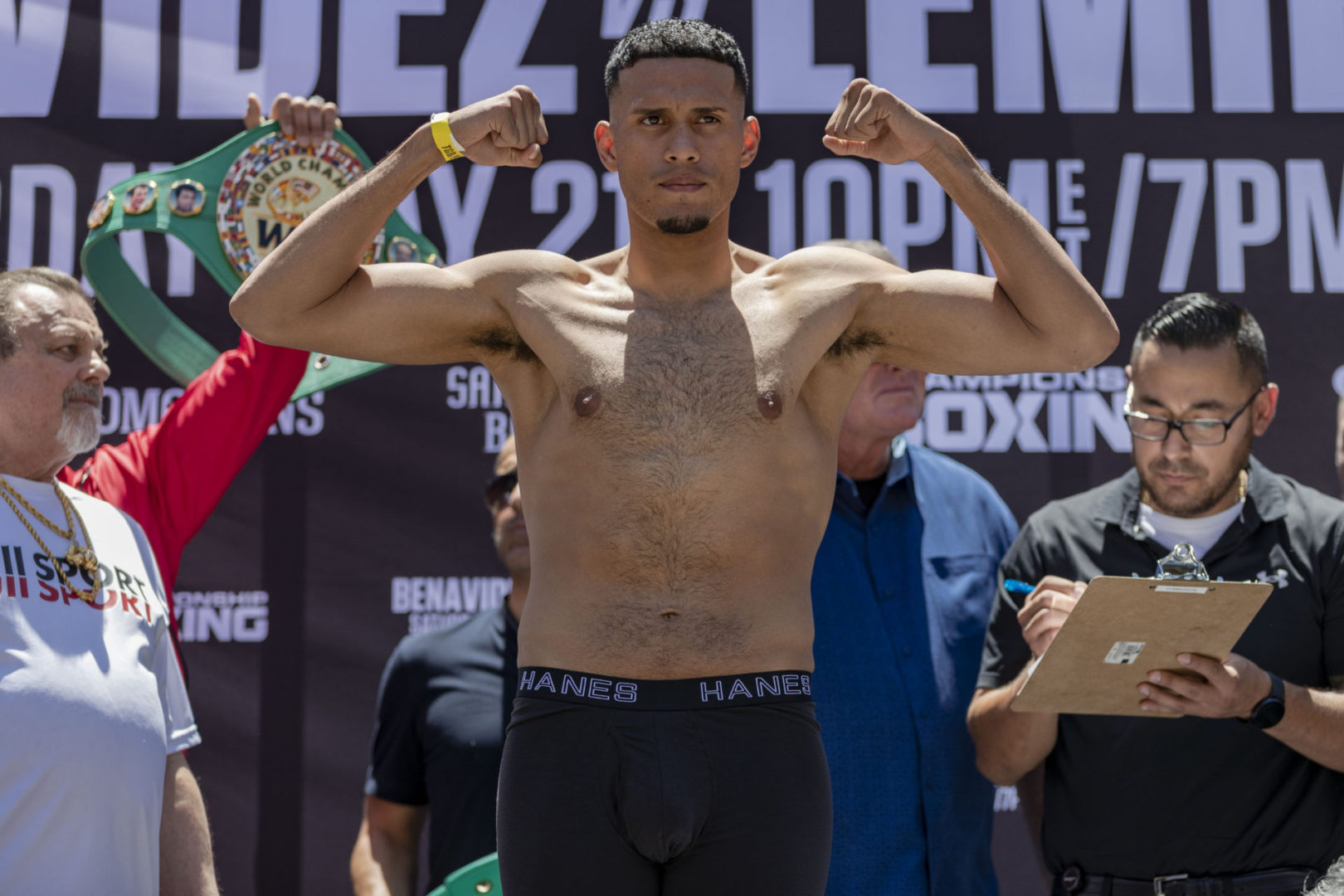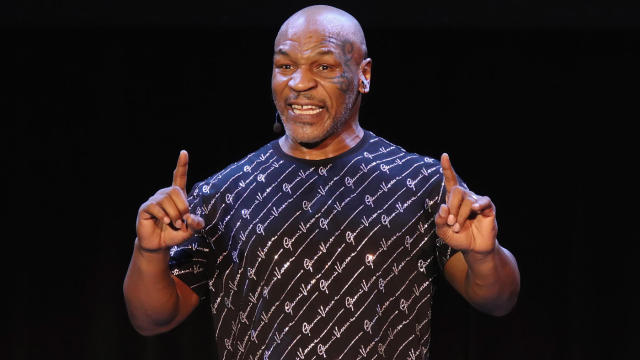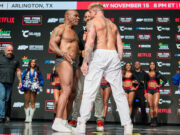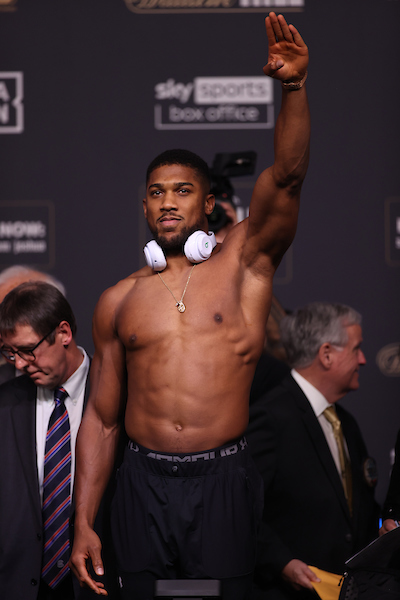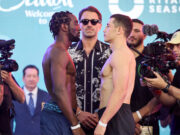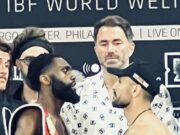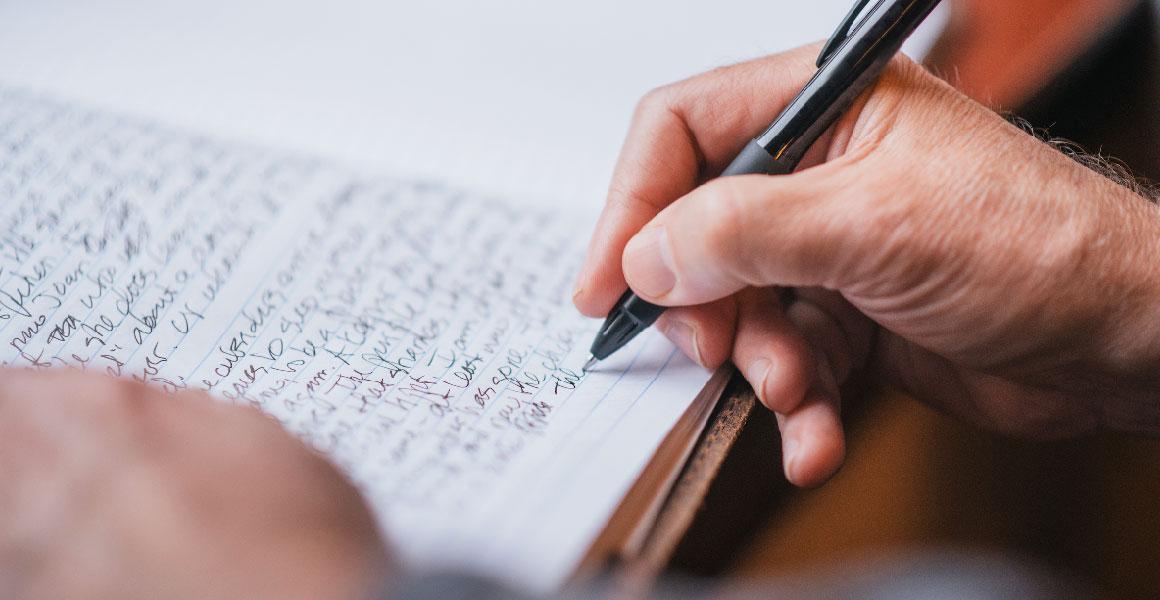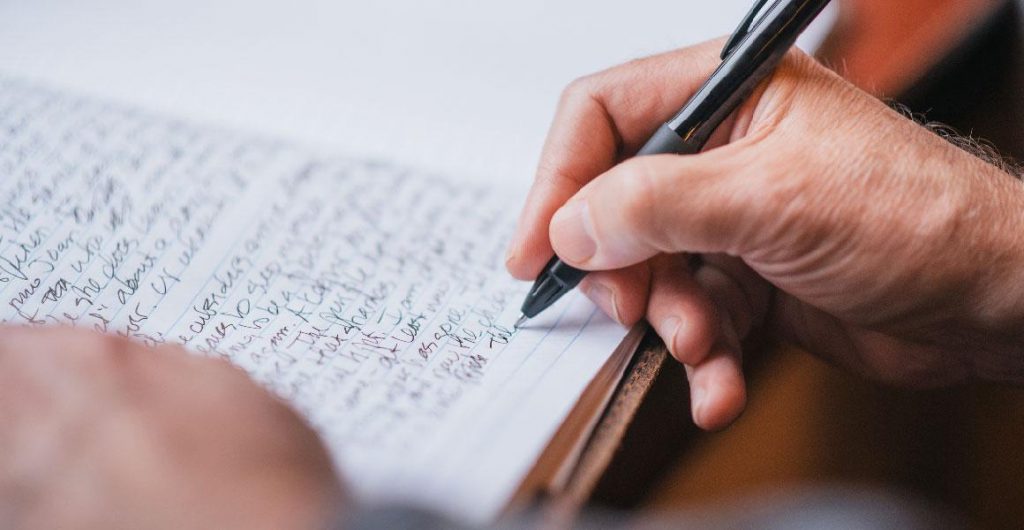
By Bart Barry-
SAN ANTONIO – A curious scenario now plays in this city re COVID-19. Told they can come out their residences and resume consumption at the previous pace, told they simply must resume consumership to save Texas business interests, er, liberty, residents are noticeably less inclined to do so than they were a month ago when it was verboten.
As I sit at the same window I’ve now sat every week at the same time since March, I’m able to report traffic isn’t 50-percent what it was during lockdown. This be the fruit of unintended consequences. When there was an authority remanding South Texans to their homes there was an object for their natural, childlike defiance; now that Lone Star government has gone proudly missing South Texans realize they’ve been abandoned to their proper fates, the cavalry ain’t coming for or against them, and much of April’s animating bravery has vanished.
Most thinking folks have spent this pandemic imagining the sundry ways life might be worse when it resumes, officially or otherwise, but few of us have considered how it might be better. We’ll not get the full resetting many have wanted for a decade or two, life never is so symmetrical, but we’re already getting a partial resetting.
Airfare prices, for one, are undergoing a resetting not seen before. No, they’re not going down the way every experience informed you they should, are they? That’s because there’s no demand to compete for; most of us wouldn’t board a Southwest flight for free right now, so why drop the fare from $105 to $5?
A similar thing is about to play-out in malls across the fruited plain: Businesses expect loyal Americans to be so thrilled to have their inalienable rights to inessential and conspicuous consumption restored they’ll gladly pay a 30-percent markup for what heroic decisions retail CEOs have made on their employees’ behalves; meanwhile every American risking her health and familiars’ lives to go shopping expects Black Friday. What happens, in other words, when supply and demand disappear together?
That question underlies much of the hesitancy you see in professional sports’ reluctance to return. Oh sure, there are all the concerns they express publicly and often. But there’s one longerterm concern they don’t express. What happens if they turn the cameras back on and there’s not the pent-up interest they assumed in their budget? The longer we adapt to a life without sports the fuller the resetting when they come back. Sports gamblers, we learned last week from John Cassidy, have moved zealously to the stock market, a place where the Federal Reserve now backstops their wagers effectively as David Stern used to do with NBA Playoff games.
Ten years ago there were 100,000 boxing junkies who purchased every pay-per-view no matter how rank. Are there still? It sure wouldn’t be hard to find out if any promoter wanted to.
This week MUBI dropped in its curated queue the 1922 German silent film Nosferatu, and I watched it on a lark, the way you wouldn’t seek-out a history of Ecuadorian cacao cultivation but if one happened to be on the shelf of your Airbnb in Quito, why . . . I didn’t not-enjoy the “Symphony of Horror” in part because of the way I found myself preprepared as an audience member. I didn’t expect action or explosions or color or dialogue; on its own terms it was fine once I got past an expectation Chaplin’s tramp would appear in each next scene.
Sunday I watched 30 minutes of TaylorMade Driving Relief on NBC and didn’t enjoy it. Stripped of their accoutrements the best golfers in the world look like highschool fourball players on a Wednesday afternoon. Much of the reason we believed what they did was essential and special was because thousands of our fellow men were behind them in every shot jostling for a chance to be close to them. That conferred an authority no amount of commentary can – and no, none of the commentators considered shutting up long enough to allow the players’ undoubtedly insipid banter be heard. Even money, that oldest authority-conferring trick in America, failed to land: When each month brings news of another $1 trillion in government relief that does little to relieve, how much of a fuck does anyone give if Rory or Rickie putts for $50,000?
If you’re going to look like TikTok you need teenage spontaneity, not fiftysomething Mike Tirico laughing over Bill Murray’s jokes before they’re told. And yet, it dawns on me as I peruse YouTube today’s kids mightn’t be so good at improvisation as their predecessors, and there’s an element of improvisation required in broadcasting even something monochrome predictable as professional golf.
But the ongoing resetting requires much reimagining. Every single item in the value stream of professional sports, right down to something insignificant as this column, must be reevaluated. While the networks and teams and promoters and agents fumble about doing this, iterating their ways to a new normal, they need to start giving their product away and keep giving it away long after brave fans consider returning to their arenas. If that means men in costumes playing children’s games no longer get 2,000 times the salary of a U.S. soldier, why, that’s an adaptation we’ll all have to stomach.
Bart Barry can be reached via Twitter @bartbarry
